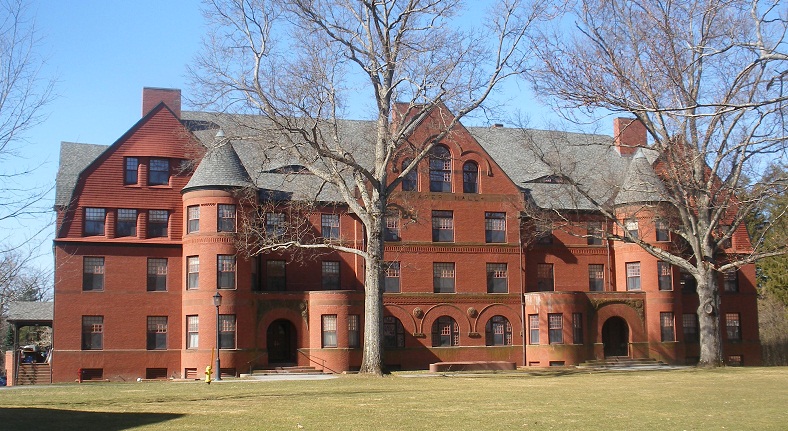Today’s numbers are 51 and 15 – the number of sites on the National Register of Historic Places for Andover and North Andover, respectively. It’s a timely subject after Andover Town Meeting made upper Central Street, already on the National Register, a local historic district to be overseen by a town bylaw, and rejected an attempt to remove bylaw oversight of the Ballardvale Historic District, also on the National Register.
Among the earliest inland towns of Massachusetts to receive a charter in 1646, Andover is rich in history of the colonial, Revolutionary War, and early industrial periods. The North Parish separated in 1855 to become North Andover.
Other historic districts on the National Register in Andover include Academy Hill (the campuses of Phillips Academy [1778]; Abbott Academy [1829], and the Andover Theological Seminary [1807]; Andover Village Industrial District around two Shawsheen River waterfalls; the Main Street-Locke Street district, Shawsheen Village; and the West Parish Center district.
In North Andover, the historic districts include Tavern Acres around Memorial Park and the Stevens Library; Machine Shop Village just east of the modern town center; the Old Center Village around the original European settlement in Andover; and Ridgewood Cemetery [1850].
Both towns have individual properties, mostly historic homes, on the National Register, which is maintained by the National Park Service. To qualify for National Register status, properties must meet one or more criteria including a connection to a significant event or person in local, state, or national social history or commerce or distinctive architectural design and construction.

